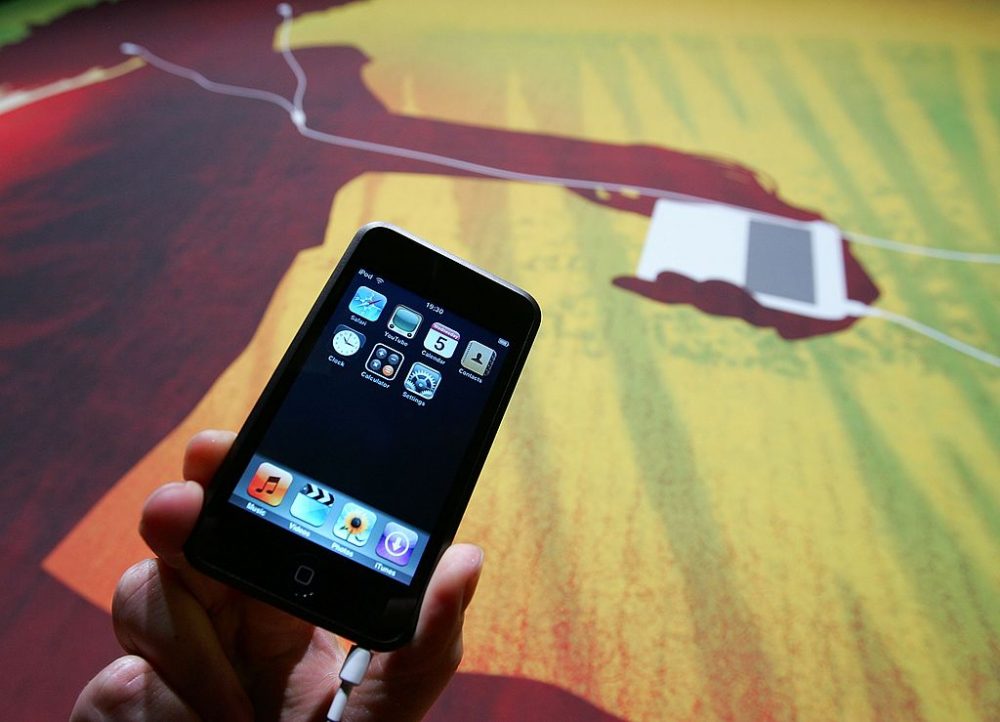On October 23, 2001, Apple released the first-generation iPod. They’ve officially discontinued the gadget after more than 20 years. Today, the company said that the iPod Touch, the only surviving model, will no longer be manufactured and that stock will be sold only while supplies last.
The move has long been anticipated. The iPod touch was last upgraded by Apple in 2019, and it was just to deliver a better CPU in a design that hadn’t changed significantly since 2012. For a long time, the iPod had played a minor part in Apple’s product strategy, and it had become a niche product geared at children and individuals who didn’t want to use their phones for remote controls or exercises. Apple discontinued the iPod classic in 2014 and the iPod nano and iPod shuffle in 2017.
The iPod, which was once the most popular portable media device in town, has died slowly. The click-wheel iPod Classic was terminated in 2014, and the iPod Nano and Shuffle were phased out in 2017. The iPod Touch was initially released in 2007, and it was most recently updated in 2019. The functionality of the iPod has been absorbed mainly by the iPhone and the streaming service Apple Music. Even iTunes, once revolutionary software, no longer exists after being renamed “Music app” in 2019.
Even yet, it’s a melancholy moment that brings an end to a crucial 20-year chapter in Apple’s history. The original iPod was released in October 2001, at a period when the corporation was heavily reliant on computers and struggling financially. While the Mac requirement reduced interest in the early years, sales skyrocketed as Windows users joined the battle – Apple found out the formula for an easy-to-use MP3 player and did a superb job of selling that notion to customers (see its well-known silhouette ads as an example).
Of course, the iPhone contributed to the iPod’s demise. By the early 2010s, many consumers just required one gadget in their pocket. Smartphone and iPod sales were in free fall. Nonetheless, the iPod’s legacy lives on. It is the item that gave Apple a second chance and established the framework for a modern era in which digital media devices are almost ubiquitous.



